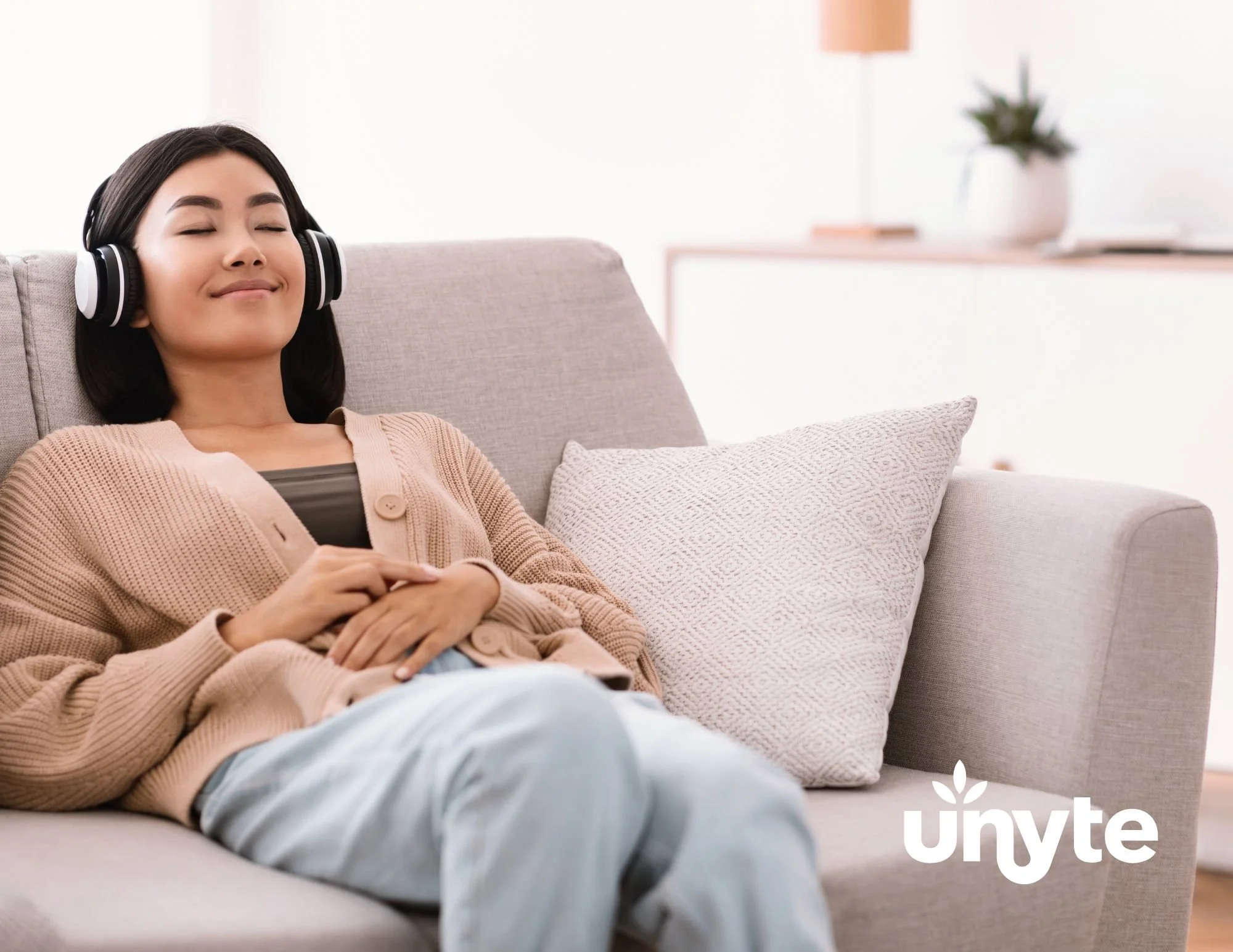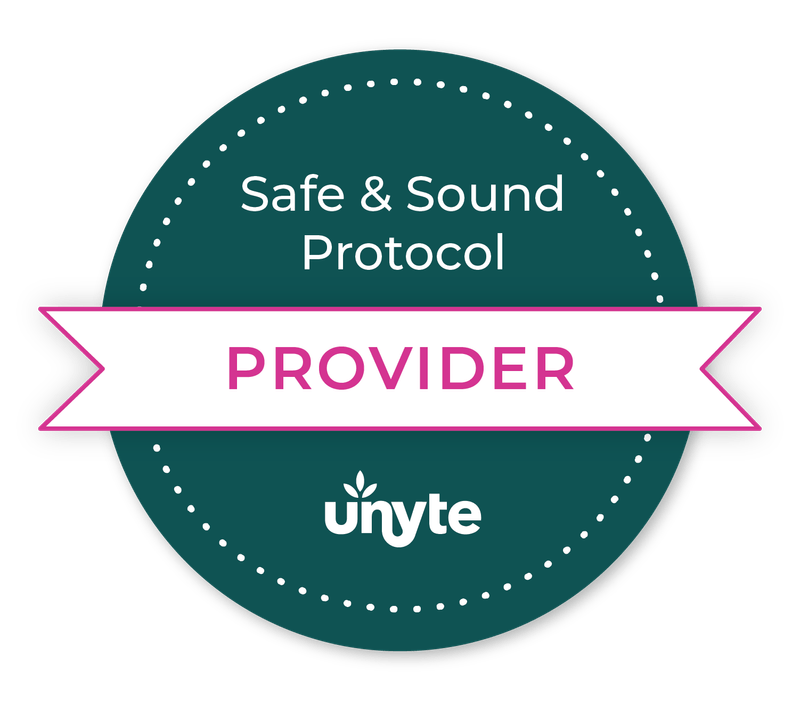Safe and Sound Protcol (SSP)
Safe and Sound Protcol (SSP)
3 SSP Listening Programs
SSP Connect
Is a 5 hour listening program of the songs that you will listen to in the core program. Connect is used to get you used to music that you will listen to. It in no way is designed to stimulate your nervous system. This is sometimes used if there is any anxiety with listening or with children. Children sometimes prefer music they are used to and can be beneficial to have it playing in the background before starting the Core Program
SSP Core
Music that is altered for specific frequencies and filtrations that stimulate the middle ear. The middle ear then sends direct signals of safety to the mid-brain (where memories and emotions are housed). It is a total of 5 hours and at most can be listened to one hour a day and as small as a few minutes. You will track your nervous system and somatic activation to determine what are good listening time increments.
SSP Balance
Is music designed to be listened to after you complete the core program. It does not stimulate your middle ear muscles. It is designed to keep your nervous system calm and has no listening restrictions. We find that people really enjoy listening to this during the post 8 weeks.
Do the strategies that keep you safe keep you from living?
Do you find yourself constantly triggered, on guard, distrustful, self-critical, and disconnected? Trauma occurs when an overwhelming event or chronic stressor shatters our sense of safety and security, leaving us feeling helpless and alone. Trauma can get stuck in the body and have a lasting impact until we have the support to process and release those experiences.
What is the Safe and Sound Protocol (SSP)?
The Safe and Sound Protocol (SSP) is a therapeutic program that utilizes specially filtered music to support nervous system regulation and promote well-being.
Because the nervous system has many implications for a person’s overall mental health and well-being, SSP can be helpful in many contexts, including for people with trauma, anxiety, sensory sensitivities, emotional dysregulation, and more.
It was developed by Dr. Stephen Porges (who is the researcher behind Polyvagal Theory).
How does it work?
The SSP is thought to work by engaging the middle ear, which is connected to the vagus nerve.
The vagus nerve is a key player in our parasympathetic nervous systems (the system responsible for “rest and digest,” which helps us regulate our bodies after states of high activation and stress).
The music is filtered to only contain tones and frequencies that are associated with safety. These mid-range tones mimic a normal speaking voice, as opposed to higher and lower frequencies, which might be associated with something more threatening, like crying, growling, sirens, or yelling.
By playing this filtered music at a low volume, the muscles of the middle ear are encouraged to “work” a little harder to tune into these external cues of safety.
For a more hypervigilant, activated nervous system — like those who are “stuck” in a fight or flight response, or in an autonomic feedback loop — this may actually shift us away from threat-seeking and into a more easeful state. This can also impact our social engagement system, which is the part of the vagus nerve that responds to feelings of safety and connection.
By tuning into these cues of safety, and strengthening discernment between what is and isn't threatening, many who undergo the Safe and Sound Protocol report feeling emotionally safe, connected, and calmer, along with other mental health benefits.
SSP can be done through at home sessions or integrated into your therapy sessions.
You will meet for in initial consultation to determine if SSP is a good fit for you and answer any questions you may have about the process. You will also develop a general listening plan.
Once you decide to move forward with starting SSP you will complete an assessment of your nervous system to keep track of progress.
You will receive an invite to download the My Unyte/ILS app and download your playlist. You will choose a playlist that suits your music preferences. Genres include popular music, classical, children's music, and ambient music. Offering both vocal and non-vocal options.
You will schedule an initial listening session with your provider where you will learn how to track your nervous system, regulation tools, and increase neuroception to get the most out of your at-home listening sessions.
You will make a plan to finish the remainder of the sessions at home or decide to continue listening sessions with a provider.
You will have email check-ins with your provider for guidance on session timing, help you notice any changes, and provide general support for you to get the most out of the process. We recommend listening sessions to be as consistent as possible.
After completing the 5 hours of the Core program you will be invited to listen to the Balance playlist for the following 8 weeks while the program continues work. SSP is known to continue to see effects for up to 8 weeks after finishing the core program.
The SSP consists of 3 listening programs: Connect, Core, and Balance. Each consists of five hours of music. These may be delivered in 60 minute, 30 minute, 15 minute or smaller segments, depending on the individual needs of the client. Listening segments may occur daily, depending on the individual needs.
SSP can be experienced in the office or at home via remote delivery through a smartphone app. For remote delivery, each family needs to have a smartphone and a set of over-the-ear headphones. Clients must be able to turn off any noise-canceling functions. Earbuds or in-ear headphones cannot be used for SSP.



